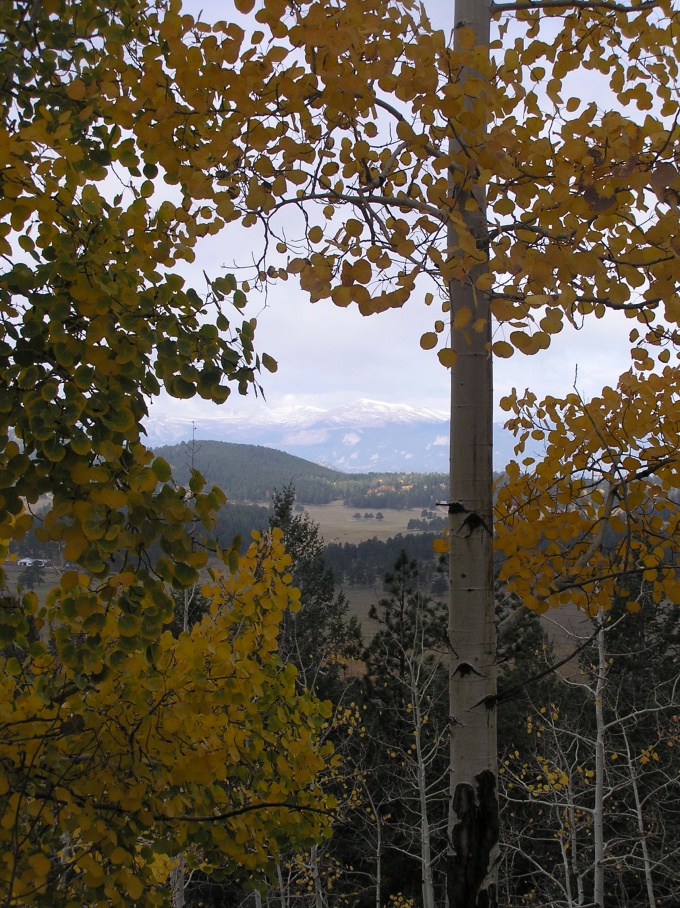You will need
- - saw;
- - sandpaper with coarse and fine grit;
- - magnifier;
- - pure water;
- - cutter button.
Instruction
1
Define aspen 's habitat. This deciduous species is very common in forests and forest-steppes of the middle band, she quickly inhabits the conflagration and cutting. Aspen especially is often found in boggy and other wet areas, like other members of the family Salicaceae.
2
Find out aspen in nature by the characteristic external signs:
• the bark is light gray, with a characteristic pattern of lenticels – large tubercles on the trunk;
• buds are small, what distinguishes aspen from the poplar family member. In adult trees formed round small florets, similar to the willow earrings. The flowers are dioecious: the male red and female green;
• diamond-shaped carved leaves planted on long stalks, the top of which is slightly flattened;
• fruits of aspen seeds with a powder puff in a small box.
• the bark is light gray, with a characteristic pattern of lenticels – large tubercles on the trunk;
• buds are small, what distinguishes aspen from the poplar family member. In adult trees formed round small florets, similar to the willow earrings. The flowers are dioecious: the male red and female green;
• diamond-shaped carved leaves planted on long stalks, the top of which is slightly flattened;
• fruits of aspen seeds with a powder puff in a small box.
3
Uprooted from aspen it is possible to estimate the rhizome. Their gnarled (i.e. with chaotic arrangement of fibres) wood has a pearly luster, so it is used for decorative crafts. By the way, the same material is produced around the large aspen knots.
4
Breathe in the smell of freshly cut wood. Aspen needs to smell nice, but not as sharp and tart as conifers. With the decay it emits a characteristic smell of vanilla.
5
Cook a few slices of logs to determine the wood species. Usually the master cleanse the bark and make the face cut across the grain and two longitudinal - radial (across the core) and tangential (parallel to the core). The ridge on the cut should be white, with a bluish-gray or greenish tint.
6
Treat aspen billet sandpaper (coarse and fine) and consider them. To do this, use a magnifying glass and lightly moisten the wood with clean water, to annual ring was defined more clearly. The cut must be uniform in structure (the core barrel and more young wood almost do not differ in color). Wood fibres of aspen trunk located smooth, straight and dense layers.
7
Try the unseasoned wood of aspen in the work – it should be easy to cut and processed on a lathe. Mild cutter on the transverse slice of the array you can pull out individual fibers. From straight grained wood makes a thin long chip-like strips.
8
Make shallow punctures button, its traces should be almost invisible on the tree. By the way, because of the softness of aspen and its ability to lock fibers, this material is so popular among manufacturers of drawing boards.
9
You can test the wood of aspen on the action of water. If to steam of aspen sticks in boiling water, they will be very pliable and plastic is cut like "butter", and bend. Under the action of an array of swells, but is perfectly preserved and almost no changes its natural color (not by chance the wells are always made of aspen, and today this material is used for the decoration of baths).
10
In contrast, selective dry edged aspen (shrinkage reaches 40%!) becomes monolithic. Try to wet – the moisture will be absorbed not more than 5 mm. Cube of the material weighs about 600 kg, and with time he is gaining weight. To work with such an array of difficult – axe and the saw bogged down in its texture, this gives a very large chip. However, the use of dry lumber may be even for the roof rafters in the full confidence that aspen will not disappoint.
Note
Very long (about 6 m) aspen siding you buy! Adult aspen trees can reach 35 m in height, but they are rarely healthy. According to the remark of builders, cut down 10 Mature trees only come across one without rot in the core. For mass processing often use only the upper part of the aspen - not more than 4.5 m in length. Therefore, aspen is usually sold in lengths from 0.3 to 3 m.
